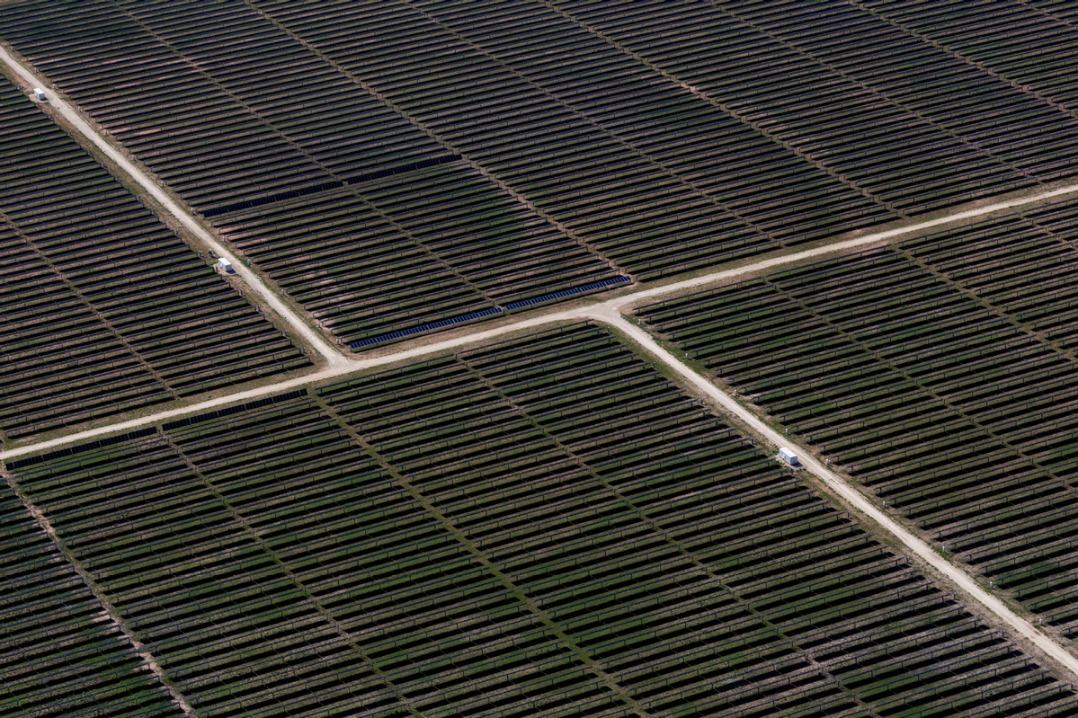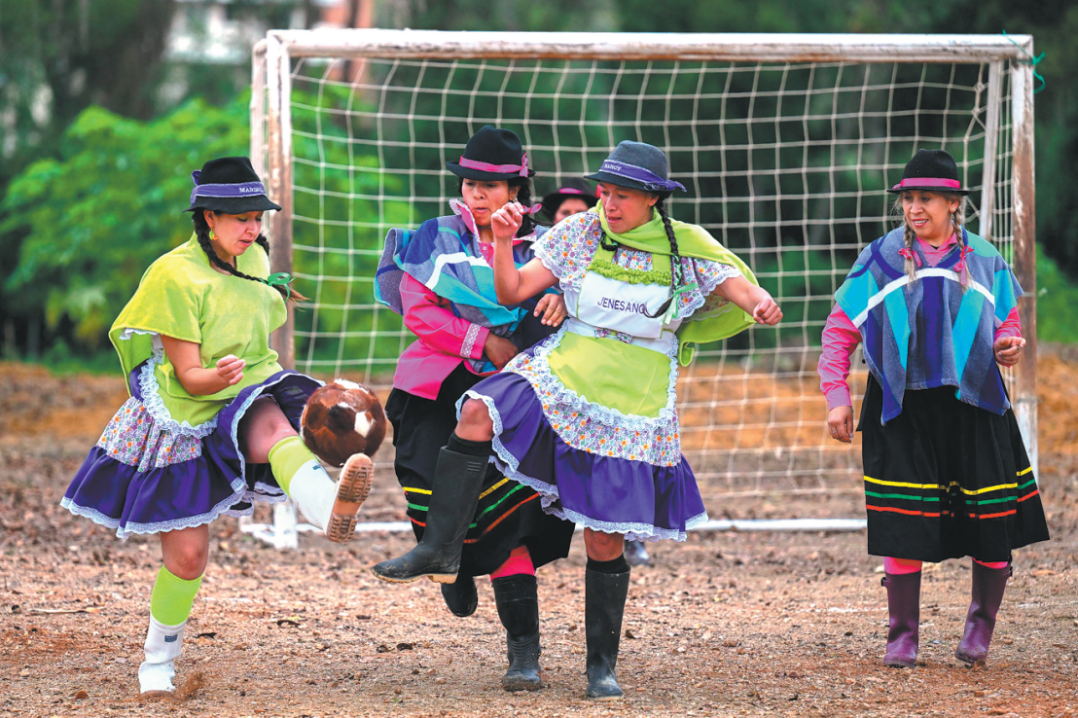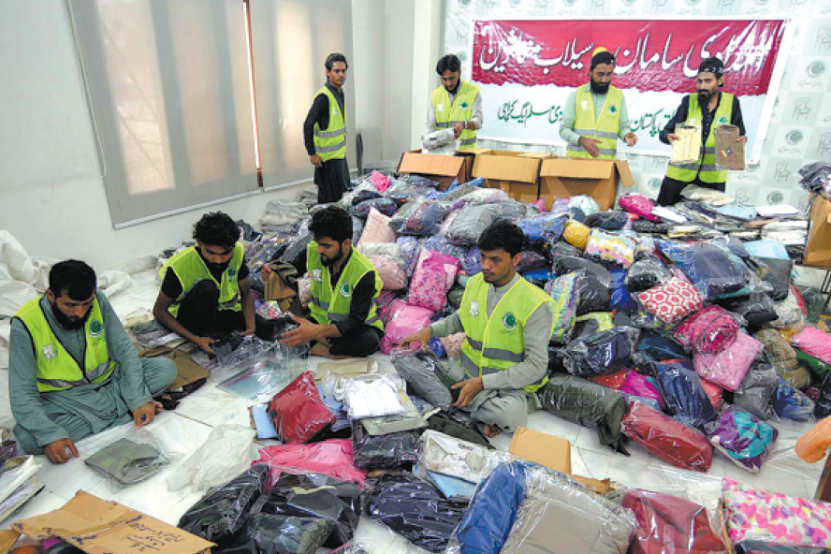Biodiversity and business: What can be learnt from the Sri Lankan tea industry

Biodiversity conservation initiatives in the tea industry
Biodiversity conservation practices of the Sri Lankan tea industry can be witnessed mainly in areas such as weed management and pest control, reforestation, water resource protection, the use of organic fertilisers and the manufacture of eco-friendly products.
For instance, a trend towards developing an integrated weed management system has drastically changed some plantation companies' current weed control systems. Statistical records and research results evidence that Sri Lanka is a country that uses a high level of chemical fertiliser. This has resulted in many agricultural, social and ecological issues. The new integrated approach uses slashing and manual weeding by saying no to glyphosate (a herbicide commonly used in tea estates for weed management).
These practices have led to reduced water pollution while simultaneously improving organic matter in the soil. They also provide better health and safety conditions for workers while improving final product quality to end consumers.
The modern ‘integrated' pest management practices are mostly organic approaches where companies use the natural ecosystem services in controlling pests with reduced synthetic chemicals. In addition, some companies have created forestry patches within their boundaries to improve the habitat for birds. The increased bird population assists the company in controlling pests, and this service is absolutely free. Not only do these practices improve a company's bottom line, they also reduce its environmental footprint.
Tree plantation programs are one of the initiatives promoted by many companies in their bid to conserve biodiversity. This initiative contributes to the conservation of biodiversity in three main ways. Firstly, this results in increasing the native tree population in the Central Highlands. The re-planted trees are mainly endangered native trees and will, therefore, assist in managing pristine trees as well. Secondly, and consequently, this practice increases water catchment areas. Thirdly, these replanted tree areas act as a buffer zone between tea estates and natural forests to limit the harmful effects of chemicals and inorganic fertiliser usage.
Most commercial plantations use fertiliser as a prominent factor in increasing yield. In the past, inorganic fertilisers supplied by head offices were popular among estates. Nonetheless, over the last few years, some estates have switched to organic fertilisers produced on the estate premises. These organic fertilisers, including slashed weeds, organic waste, over-fired tea, and oven wastes, are a few of the alternative, environmentally-friendly solutions created by estate managers.
Although the proportion of organic fertiliser made through these means is relatively small, it has encouraged planters to seek sustainable supply chains alternatives. Moreover, in light of the Government's recent policy decision to ban chemical fertilisers, organic fertiliser production on estates can offer a viable alternative solution.
Another biodiversity management practice is witnessed in the product portfolio of tea plantation companies. Over time, a larger fraction of black tea consumers has shifted to consuming organic tea products. Consequently, the traditional black tea market has shrunk gradually, providing opportunities for bio-diversity-friendly tea production.
Internationally, the demand for organic teas has grown, as consumers become more health-conscious and prioritise environmental protection. These trends in the global market have led tea plantations to focus on manufacturing organic herbal tea varieties for both local and foreign markets. This has created a positive impact on biodiversity conservation.

































